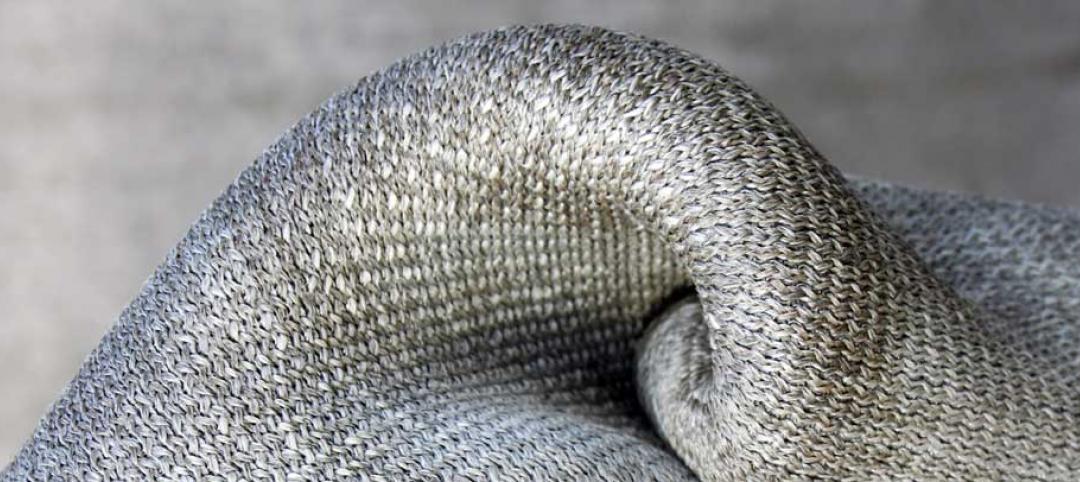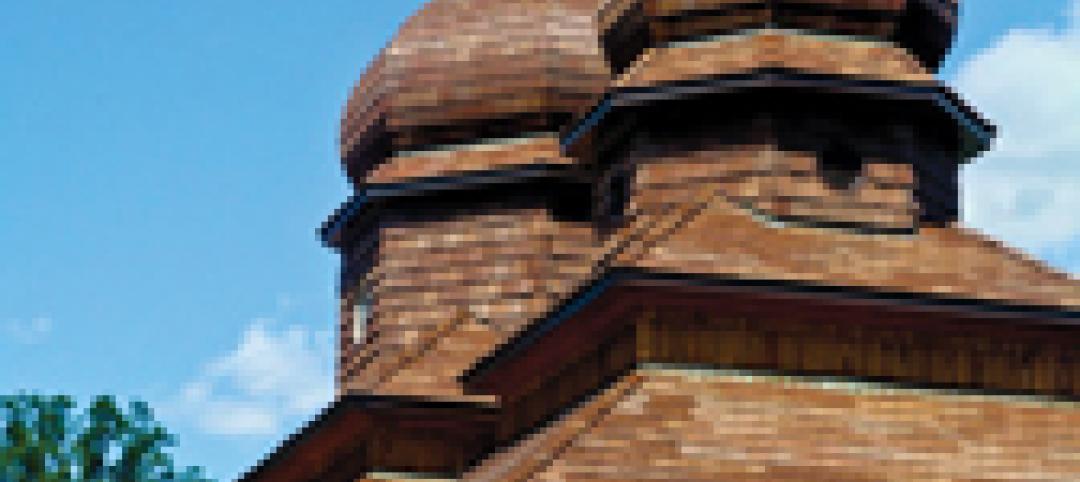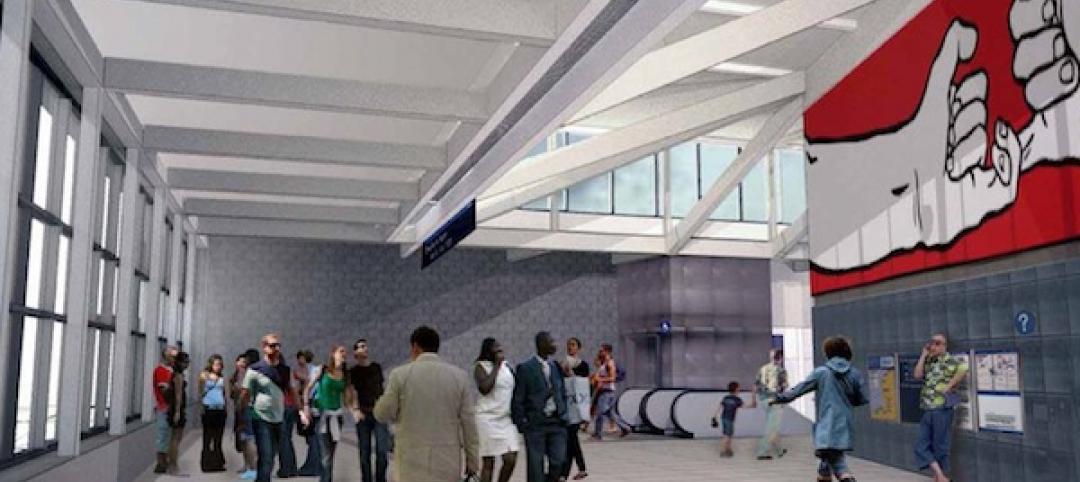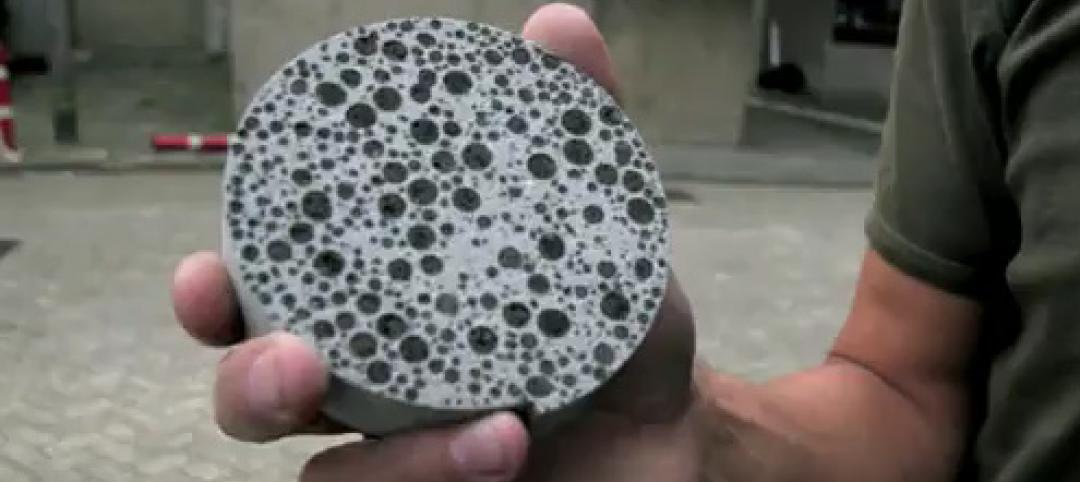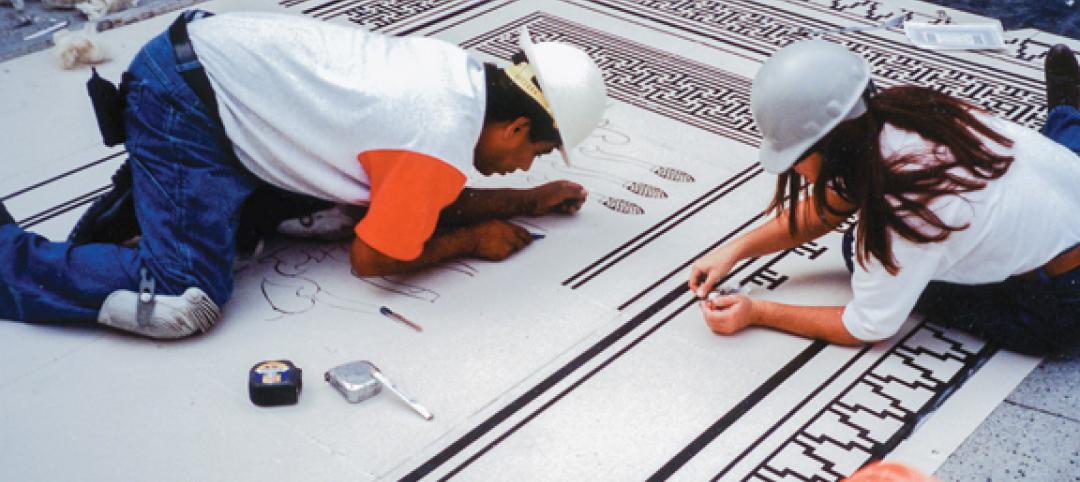NUDURA ICF has demonstrated its versatility and sustainability in the building of this Gothic style church. St. Peter's Anglican Church in Tallahassee, Florida which was completed in June 2014 in only 20 months at a cost of $9.2 million.
The challenge was to mirror the style of a historic place of worship while using modern technologies which comply with today's codes of practice. The 35,369 sq. ft. cathedral-sized church is based upon a traditional crucifix floor plan and is laid out on an East-West axis with arched doors and windows as is traditional for Anglican churches.
The project is the most complex use of ICF walls in and around the region. The complexity created by intersecting ICF wall thickness, arched openings, and the height of the unsupported gables pushed the limits of this type of construction. ICF lent itself to the project by solving structural, thermal, and acoustical concerns with one product. NUDURA was the most economical system that met all of the specified criteria. Approximately 87% of exterior walls and 15% of interior walls are built using ICF.
St. Peter's was constructed with NUDURA's reinforced ICF walls with rebar and 2-way concrete slabs floors to emulate its English origins in style, the exterior is finished in cast stone and rock cast stone veneer. ICF was chosen as the alternative to block construction for three reasons. The walls are slimmer, no additional acoustical is required and its thermal properties reduce the size of mechanical equipment. Energy consumption for August 2014 was 82,368 kWh.
Built using all the skills of a latter-day master craftsman equipped with today's technologies, the tall gable ends (68 feet at the apex) were fashioned by using ICF blocks with 10” cores (8” cores were used in most other areas). By using cavity closers for the arched openings, the curves could be built in the workshop. The cavity closer was then used as the template to cut the foam blocks. The larger openings were reinforced with plywood below to make sure the curves didn't buckle when the concrete cores were poured.
The water table of the site is fairly close to the surface. The church was built into a hill with almost 12 feet of fall from the west to the east. By installing the north and south foundations in a tiered fashion, below ground waterproofing was minimized. Despite the need for additional air exchanges due to the type of occupancy and tightness of the building, the overall cooling system was reduced by one third in comparison to the requirements of conventional construction. The church utilizes two smaller air conditioning units (one second hand) set up in parallel so that both are only in use when the structure is fully occupied.
The church received a merit award from the AIA Tallahassee in December 2013 saying; “There is a wealth of historic facilities to draw from and this project does it masterfully. The building truly captures the spirit of what a church of this denomination should feel like. The architect's use of scale, proportion and rhythm is exemplary.”
NUDURA Inc.
27 Hooper Rd, Unit 10
Barrie, ON L4N 9S3
866-468-6299
info@nudura.com
www.nudura.com
Related Stories
High-rise Construction | Jul 9, 2013
5 innovations in high-rise building design
KONE's carbon-fiber hoisting technology and the Broad Group's prefab construction process are among the breakthroughs named 2013 Innovation Award winners by the Council on Tall Buildings and Urban Habitat.
| Jun 4, 2013
SOM research project examines viability of timber-framed skyscraper
In a report released today, Skidmore, Owings & Merrill discussed the results of the Timber Tower Research Project: an examination of whether a viable 400-ft, 42-story building could be created with timber framing. The structural type could reduce the carbon footprint of tall buildings by up to 75%.
| May 14, 2013
Paints and coatings: The latest trends in sustainability
When it comes to durability, a 50-year building design ideally should include 50-year coatings. Many building products consume substantial amounts of energy, water, and petrochemicals during manufacture, but they can make up for it in the operations phase. The same should be expected from architectural coatings.
| Apr 23, 2013
Building material innovation: Concrete cloth simplifies difficult pours
Milliken recently debuted a flexible fabric that allows for concrete installations on slopes, in water, and in other hard to reach places—without the need for molds or mixing.
| Apr 19, 2013
Must see: Shell of gutted church on stilts, 40 feet off the ground
Construction crews are going to extremes to save the ornate brick façade of the Provo (Utah) Tabernacle temple, which was ravaged by a fire in December 2010.
| Mar 29, 2013
Shenzhen projects halted as Chinese officials find substandard concrete
Construction on multiple projects in Guangdong Province—including the 660-m Ping'an Finance Center—has been halted after inspectors in Shenzhen, China, have found at least 15 local plants producing concrete with unprocessed sea sand, which undermines building stabity.
| Mar 4, 2013
Legendary structural engineer Gene Corley passes away at 77
CTLGroup, an expert engineering and materials science firm located in Skokie, Illinois, is saddened by the news that W. Gene Corley, Ph.D., S.E., P.E., Senior Vice President, died on March 1, 2013 after a brief battle with cancer.
| Feb 25, 2013
Turner employs rare 'collapsible' steel truss system at Seattle light rail station
To speed construction of the $110 million Capitol Hill Station light-rail station in Seattle, general contractor Turner Construction will use an unusual temporary framing method for the project's underground spaces.
| Feb 22, 2013
Dutch team's 'bioconcrete' can heal itself
Two researchers from Delft Technical University in Holland have developed a self-healing cement that can stop microcracks from forming in concrete.
| Jan 3, 2013
5 things you should know about decorative concrete
Designing and installing decorative concrete is a lot more difficult that you might think. A veteran of many such installations offers a handful of tips to help you plan your next decorative concrete project.





